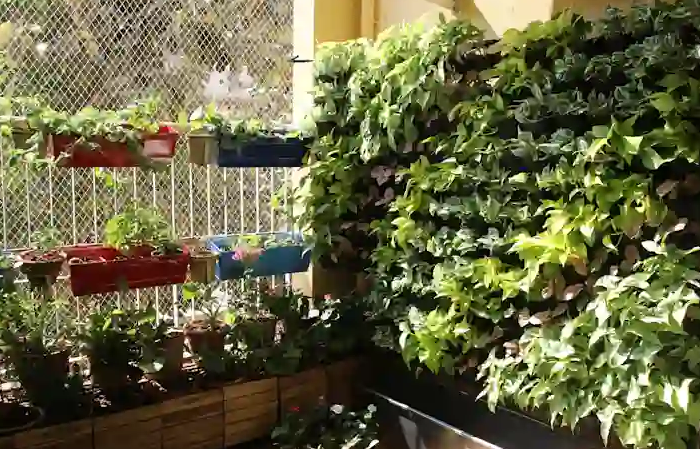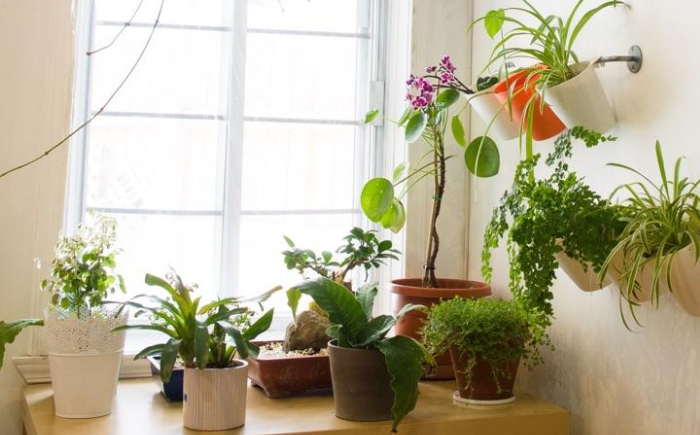Vertical gardening is a fantastic way to maximize your green space, but it comes with its own set of challenges. If you've encountered issues in your vertical garden, fret not! This guide will help you identify and tackle common problems effectively. Let's get your vertical garden thriving again.
Common Problems in Vertical Gardening
A. Soil-related Issues
1. Soil Compaction
Soil compaction occurs when the soil becomes too dense, limiting air circulation and water drainage. To prevent this:
- Use lightweight potting mixes with perlite or vermiculite.
- Aerate the soil regularly using a hand cultivator.
- Avoid stepping or compacting the soil too much during planting.
2. Overwatering
Overwatering can lead to root rot and other issues. Follow these tips to manage it:
- Water your vertical garden based on the specific needs of your plants.
- Ensure your containers have proper drainage holes.
- Use a moisture meter to gauge soil moisture accurately.
B. Pest Problems
1. Aphids and Other Common Pests
Aphids and pests can quickly infest your vertical garden. Here's how to deal with them:
- Inspect your plants regularly for aphids and other pests.
- Use organic insecticidal soap or neem oil to treat infestations.
- Encourage natural predators like ladybugs.
C. Disease Concerns
1. Fungal Infections
Fungal infections can harm your plants. To manage them:
- Prune affected leaves to reduce the spread.
- Apply a fungicide designed for your specific plant type.
- Improve air circulation around your plants.
D. Plant Selection
1. Choosing Suitable Plants for Vertical Gardens
Selecting the right plants is crucial for a thriving vertical garden:
- Consider the available sunlight and choose plants that match it.
- Opt for compact and slow-growing varieties.
- Group plants with similar water and light requirements together.
Troubleshooting Techniques
A. Soil Problems
1. How to Prevent Soil Compaction
Preventing soil compaction is essential for healthy plants:
- Loosen the soil with a hand cultivator regularly.
- Avoid walking or placing heavy objects on the soil.
- Incorporate organic matter like compost to improve soil structure.
2. Tips for Managing Overwatering
Proper watering is key to avoiding overwatering:
- Water your plants deeply but less frequently.
- Ensure containers have drainage holes to allow excess water to escape.
- Adjust your watering schedule based on the season and plant needs.
B. Pest Control
1. Identifying and Managing Aphid Infestations
Spotting and controlling aphids is vital:
- Look for clusters of tiny, soft-bodied insects on plant stems and leaves.
- Spray affected areas with a mixture of water and a few drops of dish soap.
- Release ladybugs, which are natural aphid predators.
C. Disease Management
1. Recognizing and Treating Fungal Infections
Early detection is key to managing fungal infections:
- Monitor your plants for signs of yellowing or spotted leaves.
- Apply a fungicide as soon as you notice symptoms.
- Prune and remove infected leaves to prevent the spread.
D. Plant Selection Tips
1. Selecting the Right Plants for Your Vertical Garden
Choose plants wisely to ensure compatibility:
- Evaluate the amount of sunlight your vertical garden receives.
- Pick plants that fit the available space and your design preferences.
- Group plants with similar care requirements to simplify maintenance.
Conclusion
With the right knowledge and techniques, troubleshooting common problems in vertical gardening becomes manageable. Remember to monitor your garden regularly, adjust care practices as needed, and, most importantly, enjoy the lush beauty of your thriving vertical garden!




